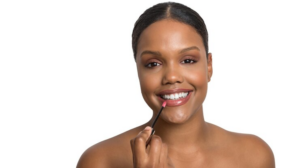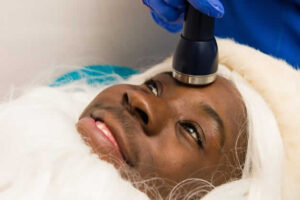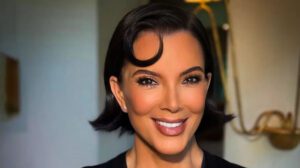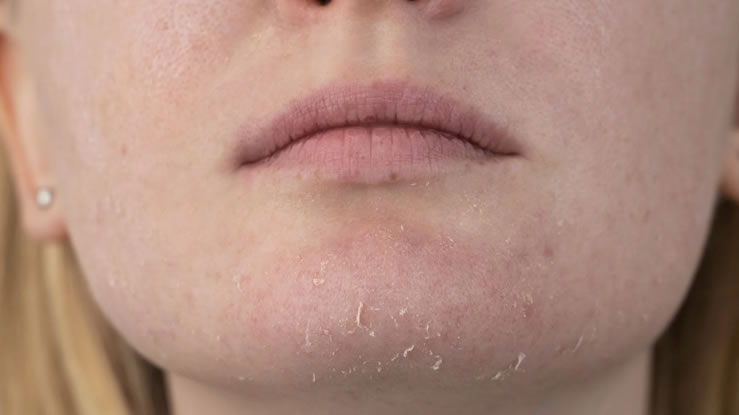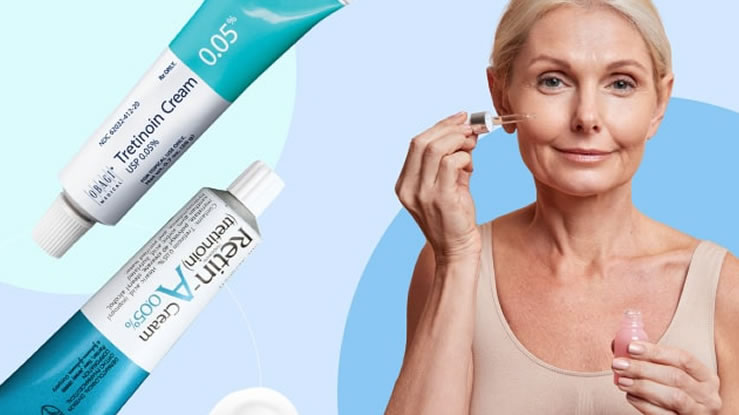The beauty world evolves fast, but no trend has shifted hair care quite like skinification. Skinification means applying skincare principles, routines and ingredients directly to the scalp and hair. Instead of just shampooing and conditioning, people now focus on nourishing their scalp barrier, balancing microbiome health, hydrating hair fibers, strengthening follicles and building long term hair resilience. In simple terms, skinification treats the scalp like facial skin and hair like an extension of skin. It prioritizes repair instead of quick fixes.
This trend exploded in 2024 and continues dominating 2025 because consumers finally realized that hair damage, breakage, thinning and dullness all originate at the scalp. A healthy scalp equals healthier hair. Skinification combines ingredients like niacinamide, ceramides, hyaluronic acid, peptides and exfoliating acids with mindful routines similar to skincare layering. It turns hair care into a ritual instead of a chore.
Why Skinification Became So Popular
Three major shifts pushed this trend into global mainstream beauty.
First, the rise of scalp care education on TikTok and Instagram made consumers aware of buildup, inflammation and follicle stress. People finally understood dandruff is often microbiome imbalance, shedding is often inflammation and breakage is often dehydration.
Second, dermatologists and trichologists emphasized the scalp as living skin that ages and weakens just like facial skin. The message was simple: you cannot have strong hair if the scalp is neglected.
Third, data from Asian and Korean beauty markets showed the success of scalp serums, scalp toners and hair essences, inspiring Western brands to follow. Consumers now crave products that deliver long term results, not temporary shine.
How Skinification Works
Skinification is built on five core practices:
-
Strengthening the scalp barrier
-
Rebalancing the microbiome
-
Increasing hair fiber hydration
-
Repairing damage with advanced ingredients
-
Treating hair concerns individually instead of universally
Each step mirrors skincare. Just like you cleanse, tone, treat and moisturize your face, skinified hair care follows cleanse, exfoliate (optional), treat, nourish and protect. The result is stronger follicles, reduced breakage, enhanced shine, reduced shedding and healthy hair cycles.
Skinification Ingredients Explained
To understand skinification, you must understand the powerhouse ingredients behind it.
Niacinamide
Strengthens the scalp barrier, regulates oil, reduces inflammation and improves hair density. Great for oily scalps, thinning hair and sensitivity.
Hyaluronic Acid
Deep hydration for dry, brittle hair and flaky scalp. Adds elasticity, reduces breakage and improves shine.
Peptides
Strengthen the follicle, boost growth potential and repair weakened hair fibers. Excellent for aging hair or chronic breakage.
Ceramides
Repair the scalp barrier, seal moisture into the hair cuticle and prevent frizz. Ideal for textured or high porosity hair.
Salicylic Acid
Exfoliates dead skin, reduces dandruff and clears clogged follicles. Great for oily scalps and flaking.
Glycolic Acid
Smooths rough cuticles, removes buildup and increases shine. Perfect for dull or product-heavy hair routines.
Caffeine
Boosts microcirculation, potentially supporting growth and thickening. A hero ingredient for thinning hair.
Rosemary Oil
A natural growth-stimulating and anti inflammatory botanical popular in clean beauty. Works for many hair types.
Squalane
Lightweight nourishment that mimics natural scalp sebum. Great for dry scalps and damaged hair.
Biotin
Supports keratin infrastructure, ideal for weak, brittle or breaking hair.
Panthenol
A humectant that deeply hydrates and strengthens hair fibers, adding softness and shine.
How Skinification Affects Different Hair Types
Skinification is not one size fits all. Each hair type responds differently depending on texture, porosity and scalp biology.
Straight Hair (Type 1)
Straight hair gets oily faster because oil travels down the shaft easily.
Best skinification approach:
• exfoliating acids like salicylic acid
• lightweight niacinamide serums
• gentle hydrating leave in sprays
Avoid heavy oils that cause flatness.
Wavy Hair (Type 2)
Wavy hair needs hydration without weight.
Best approach:
• hyaluronic acid for hydration
• ceramides for barrier repair
• peptide serums for strengthening
Go light on oils and avoid heavy butters.
Curly Hair (Type 3)
Curly hair is naturally drier and needs moisture retention.
Best approach:
• ceramides to seal cuticles
• squalane or avocado oil for nourishment
• deeply hydrating masks
• scalp toners to balance the root
Skinification helps reduce frizz and keep curls defined.
Coily/Kinky Hair (Type 4)
Coily hair is the most fragile, high porosity and prone to breakage.
Best approach:
• intense ceramide repair
• rich butters like shea and mango
• peptide treatments for strength
• moisturizing co wash + weekly exfoliation
Skinification enhances elasticity and length retention.
Fine Hair
Fine hair gets oily at the roots but dry on the ends.
Best approach:
• niacinamide to regulate oil
• lightweight hyaluronic acid hydration
• microdose proteins (not heavy proteins)
Avoid rich oils or thick creams that collapse volume.
Thick Hair
Thick hair benefits from deep nourishment and hydration.
Best approach:
• rich masks weekly
• squalane oil
• ceramides for cuticle repair
• scalp exfoliation to reduce buildup
Low Porosity Hair
This hair type struggles to absorb moisture.
Best approach:
• gentle heat during treatments
• lightweight humectants like hyaluronic acid
• clarifying exfoliation to open cuticles
High Porosity Hair
High porosity hair loses moisture fast due to raised cuticles.
Best approach:
• ceramides
• peptides
• rich conditioners
• oils to seal moisture
Skinification for Different Scalp Types
Oily Scalp
Benefit from salicylic acid, niacinamide and lightweight serums. Avoid heavy oils.
Dry Scalp
Needs hyaluronic acid, squalane and soothing ingredients like aloe vera.
Sensitive Scalp
Avoid fragrance and alcohol. Use ceramides, panthenol and colloidal oatmeal.
Flaky Scalp
Requires exfoliating acids plus hydration to reduce irritation.
How to Build a Skinified Hair Routine
A skinified hair routine has four steps:
Step 1: Cleanse like you cleanse your skin
Use a clarifying shampoo once a week and a gentle daily shampoo otherwise. Scalp buildup is the enemy of healthy hair.
Step 2: Exfoliate (optional but transformative)
Use:
• salicylic acid scrubs
• glycolic acid scalp solutions
• enzyme exfoliators
Do this once or twice a week.
Step 3: Treat the scalp
Use leave-in serums with niacinamide, peptides or rosemary oil. Massage for two minutes. This boosts blood flow and improves absorption.
Step 4: Nourish hair fibers
Choose:
• hyaluronic acid for hydration
• ceramides for repair
• oils for sealing moisture
• proteins for strength
This is the “moisturizer step” of hair.
Step 5: Protect
Heat protectant is the SPF of hair.
UV protectant sprays are essential for sun exposed climates.
Skinification for Damage Repair
Sun damage, heat damage, bleaching damage and protective style stress are all addressed through skinification.
Keratin peptides repair broken bonds while ceramides fill gaps in the cuticle. Hyaluronic acid prevents dryness that leads to breakage. Scalp serums reduce shedding and inflammation. The long term result is stronger, smoother, shinier hair with fewer split ends and healthier growth cycles.
Skinification for Growth
Growth improves because the follicles get more oxygen, circulation increases and inflammation decreases. Ingredients like peptides, caffeine and rosemary oil support thicker strands.
The Future of Skinification
Projected 2025 and 2026 trends include microbiome boosting formulas, scalp masks, barrier repairing serums, biotech peptides and balanced pH shampoos.
Skinification is not a trend but a movement. It transforms hair care by grounding it in science, routine and proper ingredient layering. It acknowledges that the scalp needs as much love as the face and the hair fibers deserve targeted treatment based on their condition. With consistency, skinification leads to stronger, healthier, shinier hair across all textures and types.
Related Article




